Cloning a garage door opener can seem like a daunting task, but with the right instructions and tools, it becomes a straightforward process.
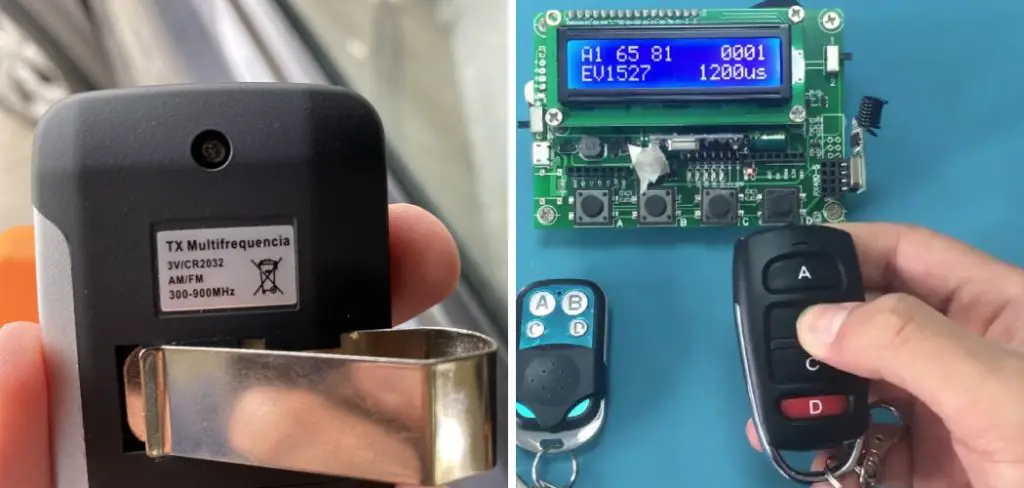
Whether you’re looking to create a backup opener or need an additional one for a family member, understanding the steps involved can save you time and effort. In this guide on how to clone a garage door opener, we will walk you through the essentials of cloning a garage door opener, from identifying your system type to programming the new remote.
Why Clone a Garage Door Opener?
Cloning a garage door opener can come in handy for various reasons. Some common scenarios where cloning is necessary include:
Creating a Backup:
If you only have one remote for your garage door opener, cloning it will provide you with an extra remote in case the original one gets lost or damaged. Having a reliable backup can save you from the hassle of getting stuck outside your garage or having to manually open and close it.
Sharing with Family Members:
If multiple people in your household use the garage, each person may need their own remote for convenience. Cloning an existing remote is an easy way to provide everyone with their own opener without having to buy new ones.
Upgrading to a New Remote:
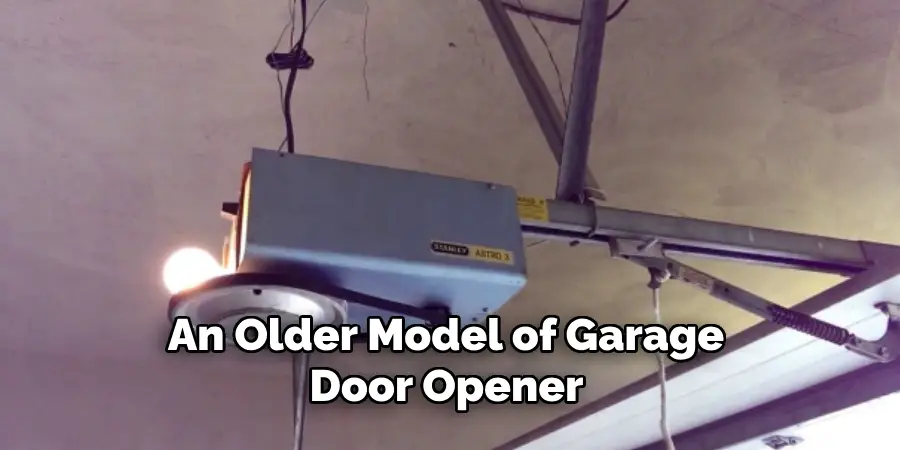
If you have an older model of garage door opener and want to upgrade to a newer one with advanced features, cloning the old remote will allow you to keep using the same system while enjoying the benefits of a new remote.
8 Step-by-step Guidelines on How to Clone a Garage Door Opener
Step 1: Identify Your Garage Door Opener Type
The first step in cloning your garage door opener is to determine the type of system you have. Garage door openers can generally be grouped into three main categories: fixed code, rolling code, and smart openers. Identifying which type you have is essential because the cloning process can vary depending on the system.
Fixed Code Openers:
These older models send a fixed code signal to your garage door receiver. The code remains constant every time you use the remote.
Rolling Code Openers:
Newer and more secure, these openers change the code every time the remote is used. This technology helps prevent unauthorized access.
Smart Openers:
The latest in garage door technology, these openers can be controlled via smartphone apps and often have additional security features.
To identify your opener type, refer to the user manual or look for a model number on the unit itself. You can also visit the manufacturer’s website for detailed information about your specific model. Knowing your garage door opener type will guide you through the subsequent steps effectively.
Step 2: Purchase a Cloning Remote
Once you have identified the type of garage door opener system you have, the next step is to purchase a cloning remote compatible with your opener.
Cloning remotes are widely available and can be found at hardware stores, home improvement centers, and online retailers. When selecting a cloning remote, make sure it supports the type of opener you have—be it fixed code, rolling code, or smart opener.
Check the packaging or product description for compatibility information, and consider reading customer reviews to ensure the remote is reliable and easy to program.

If in doubt, consult the manufacturer’s website or customer service for additional guidance. Having the right cloning remote is crucial for the success of the cloning process, so take the time to choose the best option for your needs.
Step 3: Prepare the Cloning Remote
Once you have acquired a compatible cloning remote, the next step is to prepare it for the cloning process. Start by reading the instruction manual that comes with the cloning remote.
This manual will provide specific details on how to set up the remote for programming. Typically, this involves inserting batteries into the remote and ensuring it has enough power to complete the cloning process.
Before proceeding, make sure you are in a location where you have easy access to the original garage door opener remote as well as the garage door opener unit itself. This close proximity is necessary because you will need to pair the remotes by transmitting their signals, and being near the opener unit may help in the final programming steps.
Step 4: Clear the Memory of the Original Remote
To ensure a successful cloning process, it is essential to clear the memory of your original remote. This step might not be necessary for all garage door opener systems, but it is best to do it to avoid any potential issues.
To clear the memory, locate the “smart” or “learn” button on your garage door opener unit and press and hold it for approximately 30 seconds until its light turns off. If your opener does not have a designated button, consult the user manual for specific instructions on clearing its memory.
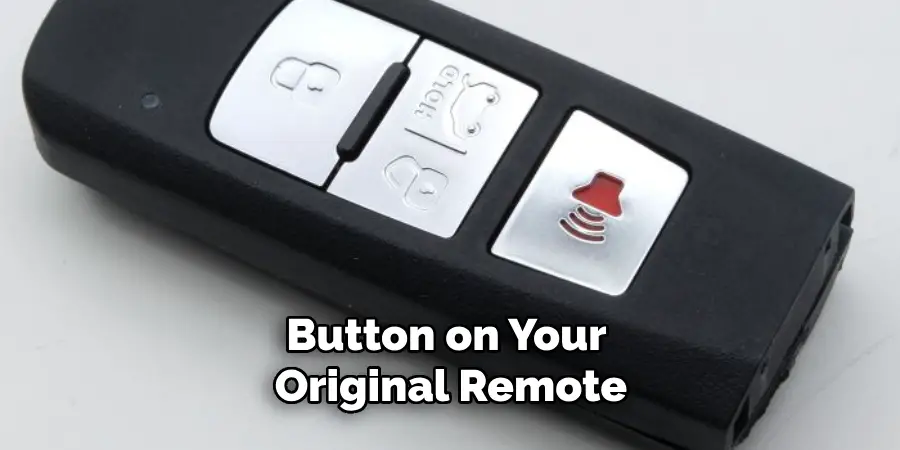
You can also try pressing and holding the button on your original remote for a few seconds to clear its memory. If this is not possible, remove the batteries from the remote for a few minutes before proceeding. Once you have cleared the memory of your original remote, move on to the next step.
Step 5: Enter Programming Mode on Your Cloning Remote
Entering the programming mode on your cloning remote is a crucial step in the cloning process. To begin, refer to the instruction manual that came with your cloning remote to understand the specific steps required to activate the programming mode.
Generally, this involves pressing and holding a specific button or combination of buttons on the cloning remote until an indicator light begins to flash. This flashing light signals that the remote is ready to receive the code from your original garage door opener remote.
Ensure you are still in close proximity to both the original remote and the garage door opener unit. This will facilitate a smooth transmission of the signal. If at any point you have difficulty, consult the troubleshooting section of your cloning remote’s instruction manual or seek additional support from the manufacturer.
Once the cloning remote is in programming mode, you are ready to proceed with the next steps to complete the cloning process.
Step 6: Transmit the Signal from Your Original Remote
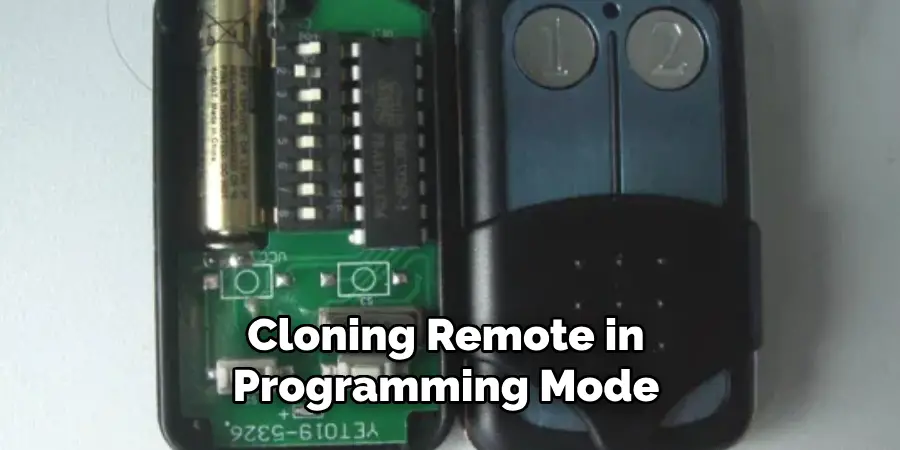
With your cloning remote in programming mode and in close proximity to both the original remote and the garage door opener unit, it is time to transmit the signal. Press and hold the button on your original remote while pointing it toward your cloning remote until you see a confirmation light or hear a beep indicating that the code has been received. Once this happens, release the buttons on both remotes.
If you do not receive confirmation of successful signal transmission, try again by pressing and holding the button on your original remote longer or moving closer to the cloning remote. If, after multiple tries, you are still unable to transmit the signal successfully, consider consulting an expert for assistance.
Step 7: Program the Cloning Remote to Your Garage Door Opener
Once the signal from your original remote has been successfully transmitted to the cloning remote, you can now program the cloning remote to work with your garage door opener. Refer to the instruction manual for specific steps on programming, as these may vary depending on the type and model of your garage door opener system.
Generally, this involves pressing and holding a button or combination of buttons until an indicator light flashes, signaling that the cloning process is complete. Test out your new cloning remote by using it to open and close your garage door. If everything works as it should, congratulations—you have successfully cloned your original garage door opener remote!
Step 8: Troubleshooting and Maintenance
If you encounter any issues with your cloning remote or garage door opener system after completing the cloning process, refer to the troubleshooting section of the instruction manual for potential solutions. Additionally, it is essential to keep your cloning remote in good condition by replacing its batteries regularly and avoiding dropping or damaging it.

You may also need to reprogram your cloning remote if you change the code on your original garage door opener system or add any new remotes. Refer to the instruction manual for specific steps on how to do this.
Following these steps on how to clone a garage door opener and taking proper care of your cloning remote can ensure that it continues to function effectively for years to come. Now, you can enjoy the convenience of having multiple remotes for your garage door opener without the hassle and expense of purchasing brand-new ones from the manufacturer. Happy cloning!
Additional Tips and Considerations
- Keep both remotes in good working condition to ensure a smooth and successful cloning process.
- If your original remote has multiple buttons, you may need to repeat the cloning process for each button separately.
- In some cases, the cloning remote may have limited compatibility with certain garage door opener systems. Be sure to check with the manufacturer before purchasing to avoid any compatibility issues.
- If you are unable to successfully clone your original remote, seek assistance from a professional for proper installation and programming.
- Regular maintenance of your garage door opener system, including lubrication, can also help prevent issues with cloning remotes. Refer to the user manual for specific maintenance instructions.
Safety Considerations and Best Practices
When working with garage door opener systems and cloning remotes, safety should be a top priority. Here are some essential safety considerations and best practices to keep in mind:
Turn Off Power:
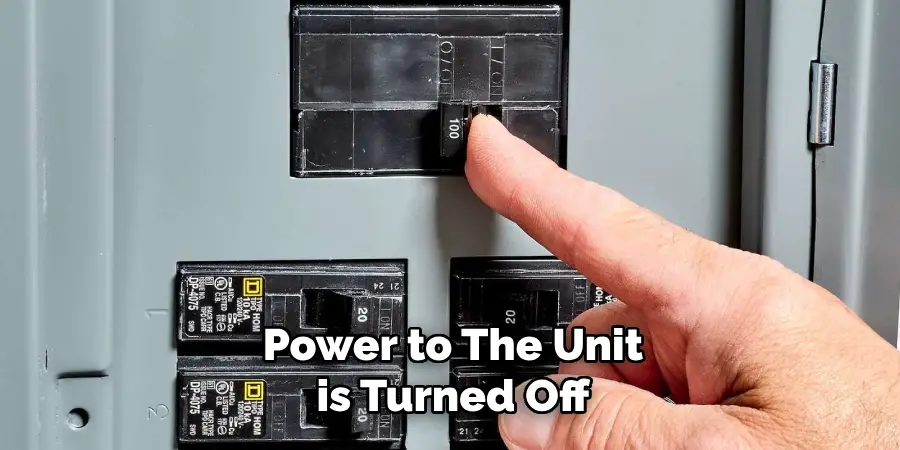
Before beginning any work on your garage door opener system, ensure the power to the unit is turned off to prevent accidental activation.
Follow Manufacturer Instructions:
Always refer to and follow the manufacturer’s instructions for both your garage door opener and cloning remote. Proper adherence to these guidelines will ensure safe and effective operation.
Use Appropriate Tools:
Utilize the appropriate tools and equipment required for the task to prevent damage to the systems or personal injury.
Test in a Controlled Environment:
When testing the cloned remote, make sure no people, pets, or objects are in the path of the garage door to avoid accidents.
Handle Remotes with Care:
Avoid dropping or exposing remotes to extreme temperatures or moisture, as this can damage the internal components and lead to malfunction.
Stay Informed of Security Protocols:
Be aware of the security features in your garage door opener system, such as rolling code technology, to prevent unauthorized access.
Seeks Professional Help If Needed:
If you are unsure about any step in the cloning process or encounter persistent issues, do not hesitate to seek assistance from a professional technician to ensure proper and safe programming.
By adhering to these safety considerations and best practices, you can effectively clone your garage door opener remote while minimizing risks and ensuring a smooth, hassle-free experience.
Legal and Ethical Considerations
When it comes to cloning garage door opener remotes, it’s crucial to be aware of both legal and ethical considerations to ensure compliance with regulations and respect for the security and privacy of others.
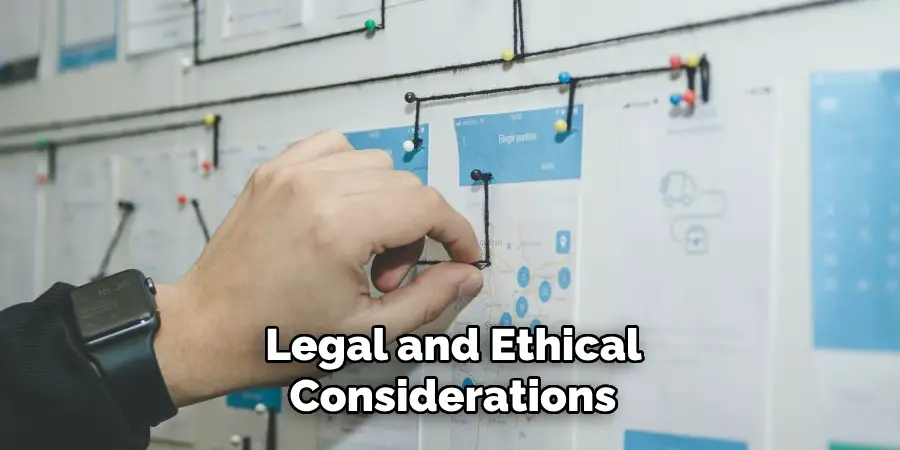
Legal Considerations:
Intellectual Property Rights:
Ensure that the method or device you are using to clone the remote does not infringe on any patents or copyrights held by the original manufacturer.
Local Laws and Regulations:
Different jurisdictions may have varying laws regarding the cloning of remotes and access control devices. Always check with local authorities to ensure that your actions are within legal bounds.
Authorized Use:
Only clone remotes for garage doors and property you own or have explicit permission to access. Unauthorized cloning can be considered illegal and may lead to severe legal repercussions.
Ethical Considerations
Privacy and Security:
Cloning a remote without the owner’s permission is a breach of privacy and can compromise the security of the property. Always obtain the necessary consent before proceeding with cloning.
Respect for Original Equipment Manufacturers (OEM):
Some cloning practices can undermine the business models of OEMs who produce and sell remotes. Consider the ethical implications of potentially taking business away from these entities.
Transparency:
If cloning remotes for others, ensure full transparency about the process, including any potential risks and the extent of the cloning capabilities.
By understanding and adhering to these legal and ethical considerations, you can responsibly clone garage door opener remotes without violating laws or ethical norms. This ensures that your actions remain respectful and compliant, safeguarding both your and others’ interests.
Frequently Asked Questions
Q: Can I Clone a Remote for My Neighbor’s Garage Door Opener?
A: No, it is not appropriate to clone a remote for someone else’s garage door without their explicit permission. The owner of the garage door should always have control over who has access to their property.
Q: Can I Clone a Remote for a Different Brand of Garage Door Opener?
A: It depends on the compatibility between the cloning remote and the garage door opener. Always check with the manufacturer or refer to the instruction manual before attempting to clone remotes from different brands.
Q: Is Cloning Remotes Legal?
A: The legality of cloning remotes depends on various factors, including local laws and your intentions. Cloning a remote for personal use on a property you own or have permission to access is typically legal.
However, cloning a remote for unauthorized access or without the owner’s consent can be illegal and may result in severe legal consequences. Always ensure you are complying with intellectual property laws, local regulations, and ethical guidelines when cloning remotes.
Q: Can Cloning Remotes Compromise the Security of My Garage?
A: Yes, cloning remotes can potentially compromise the security of your garage if not managed properly.
Unauthorized access can occur if a cloned remote falls into the wrong hands, leading to unauthorized entry to your property. To mitigate this risk, use remotes equipped with rolling code technology, which changes the code each time the remote is used, making it difficult for potential intruders to clone your remote.
Additionally, always store your remotes securely and change the codes regularly to enhance security. It’s also advisable to keep track of who has access to your cloned remotes and to restrict cloning to trusted individuals.
Conclusion
Successfully cloning your garage door opener remote can save you both time and money while providing the convenience of multiple remotes for your household.
By following the detailed steps outlined in this guide on how to clone a garage door opener, you can efficiently and effectively replicate your original remote, ensuring seamless operation with your garage door opener system.
Remember to refer to the instruction manuals for both your original and cloning remotes throughout the process to avoid any potential issues.
Regular maintenance and proper care of your remotes and garage door opener system will further enhance their longevity and functionality. Embrace the ease and practicality that comes with having cloned remotes, and enjoy the streamlined access to your garage. Happy cloning!
